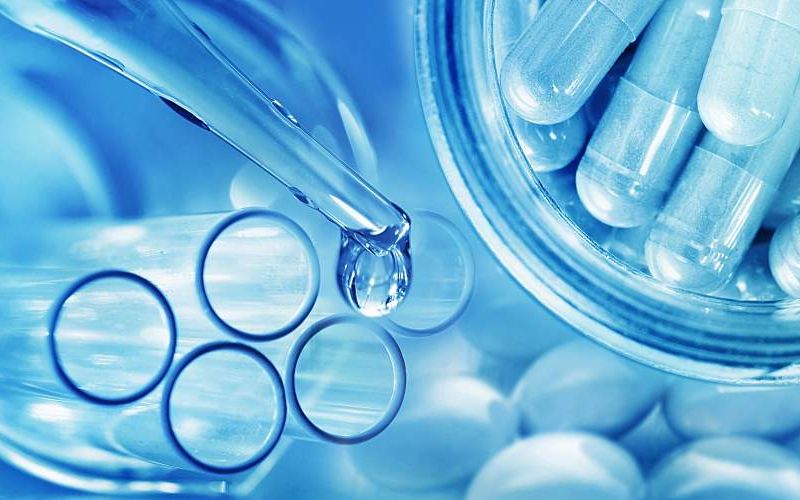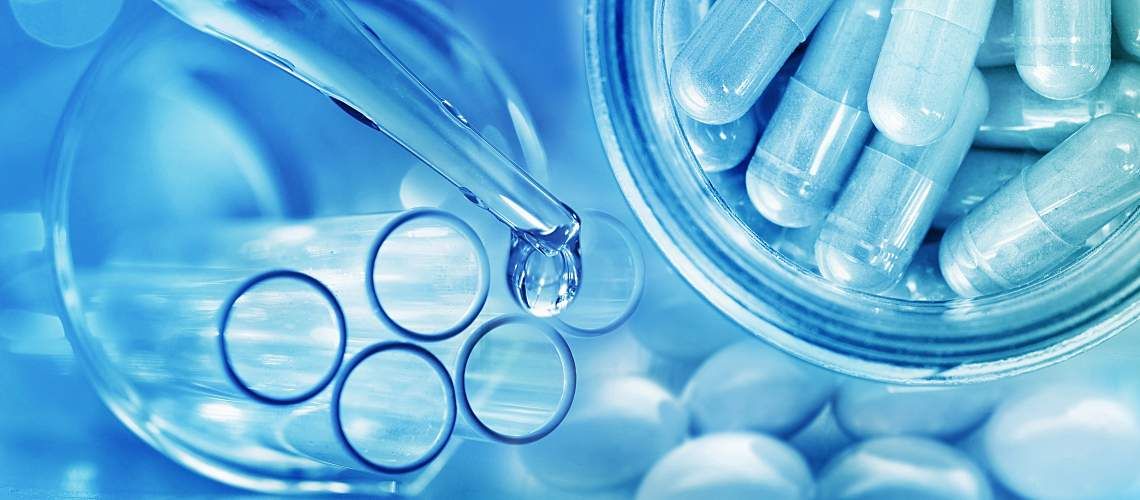The Dangers of Pharmaceutical Drugs in Drinking Water


The concentration of pharmaceutical drugs in the world's rivers could harm human and ecosystem health, according to a study on pharmaceutical pollution in the Proceedings of the National Academy of Sciences (PNAS). This study investigated the presence of pharmaceuticals in 258 of the world's rivers, which serve 471.4 million people across 104 countries. In more than a quarter of the study locations, researchers found levels of pharmaceuticals that threaten environmental and/or human health.
The Environmental Protection Agency and other regulating bodies like the World Health Organization recognize that drinking water contains trace amounts of pharmaceuticals. Until recently, the levels were thought to pose a more significant issue for aquatic life than human health. Drugs can kill aquatic animals and disrupt their food webs and reproductive cycles.
However, antibiotics in rivers can give bacteria a greater opportunity to develop antibiotic resistance, according to a study in The Lancet. The study noted that bacterial infections killed almost 5 million people in 2019.
Here's a closer look at how pharmaceuticals enter surface waters, why wastewater and drinking water treatment don't remove them, and how water quality test and treatment facilities can help quantify the issue and educate customers on effective drug disposal.
Presence of Pharmaceuticals in Water Bodies
Pharmaceuticals are drugs used orally, intravenously, or injected into the body of humans and animals. They include prescribed or over-the-counter medications and generally fall into one of the following categories: antibiotics, antidepressants, anticonvulsants, contraceptives, blood thinners, heart medication, and painkillers.
The presence of pharmaceutical drugs in water is not just an issue in developing countries. For example, the PNAS study reported the Trinity River in Dallas, Texas, was among the 20% of waterways with the highest concentration of drugs. Also, U.S. Geological Survey research in 1999 and 2000 found measurable amounts of one or more medications in 80% of the water samples taken from 139 streams in 30 states.
Source of Pharmaceutical Drugs in Water Bodies
The study published in PNAS identified the main sources of drug pollution in rivers as untreated sewage discharge, hospital waste, water treatment plants, septic tanks, and pharmaceutical manufacturing sites. Human activity is responsible for a large portion of the pharmaceuticals detected at wastewater treatment and drinking water treatment plants—including as a result of flushing or rinsing unused pills down toilets and sinks.
Unfortunately, the buildup of pharmaceutical contaminants from multiple sources is considerably faster than rates of remediation or degradation. The concentration of pharmaceutical residues is therefore increasing, making it challenging to meet the United Nations Sustainable Development Goals for assuring clean water and sanitation and protecting life below water. Dealing with pharmaceutical contaminants and the toxic intermediaries produced as they degrade may require advanced technology.
Role of Conventional Treatment in Removing Pharmaceuticals
In recent years, improved detection methods enable tracking of micropollutants in the range of one part per trillion. More research will be required to determine the effects of long-term exposure to these low levels of pharmaceuticals on human health.
The concentration of pharmaceuticals is less in drinking water than in water from wastewater treatment plants. However, neither conventional wastewater treatment nor conventional potable water treatment entirely removes pharmaceutical contaminants from drinking water. Coagulation and chlorination aren't completely effective in removing pharmaceuticals—so, doing so may require methods like ozonation, granular activated carbon, reverse osmosis, and nanofiltration.
Proper Disposal of Pharmaceutical Drugs
One of the key ways to keep pharmaceuticals out of water supplies is through education. Many people aren't aware that they shouldn't flush medications to get rid of them or how to properly dispose of them. A study published in Heliyon reported on safely disposing of unused and unwanted prescription and OTC medications in Bandung, Indonesia. Of those surveyed, 80% never received information about properly disposing of medications. 80% also said they put drugs in their trash instead of safely disposing of them. This study cited that more than 50% of people in the U.S. flush unwanted medications.
The Food and Drug Administration provides information on the proper way to dispose of pharmaceutical drugs. As a start, drug labels and patient information should include procedures for disposal. To get rid of pharmaceuticals at home, patients should take the drugs out of their original containers, mix them with an undesirable substance, and put them in a sealed container before placing them in the trash. Better still, customers can bring pharmaceuticals to a household drug collection event, where they can be destroyed via incineration. Also, advancements in biochemistry may provide new ways of managing drug disposal via dissolving them in liquids and solidifying them with powders.
Water Treatment and Test Implications
Good sewage connectivity and wastewater treatment are the most effective solutions to the issue of pharmaceuticals in rivers, according to the study published in PNAS. But it's also expensive given the infrastructure required.
For now, making customers aware of the issues around pharmaceuticals and educating them on proper ways to dispose of drugs can move the needle in the right direction. As research provides more insight into the impact of drugs on water quality, both for humans and for aquatic life, water quality testing labs should be prepared to help quantify the scale of the problem and provide a baseline for action.






